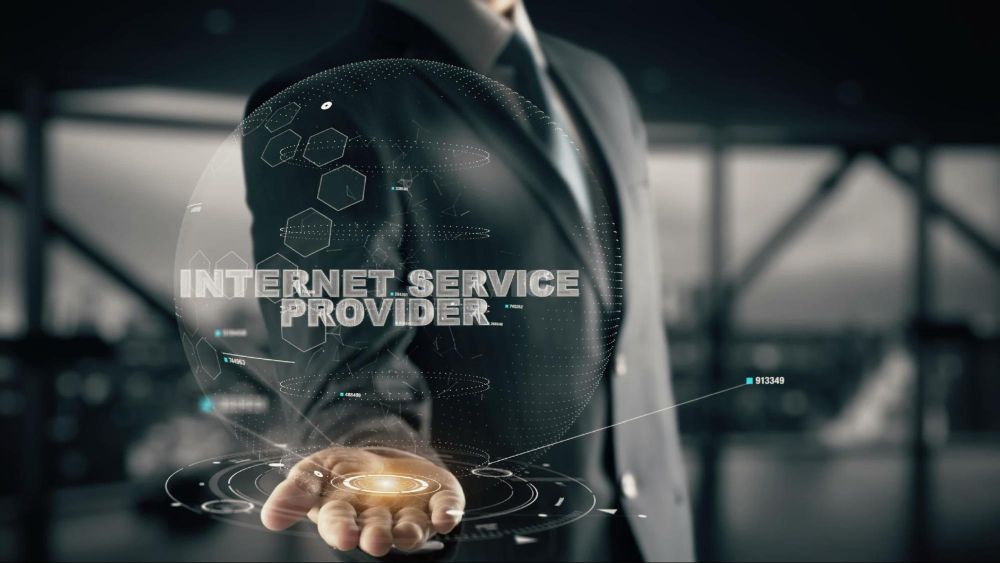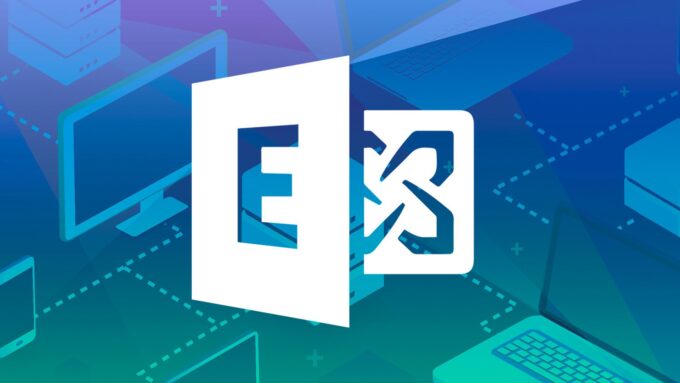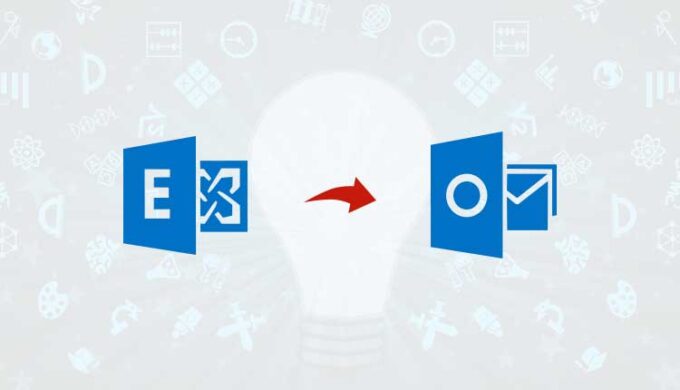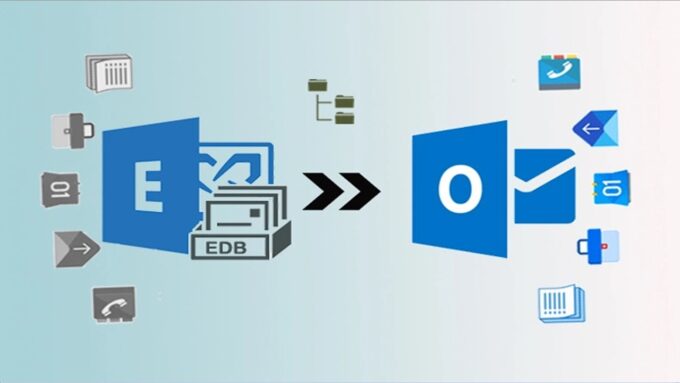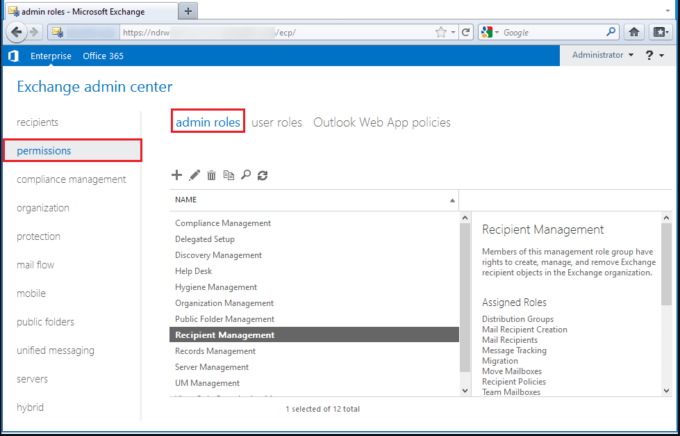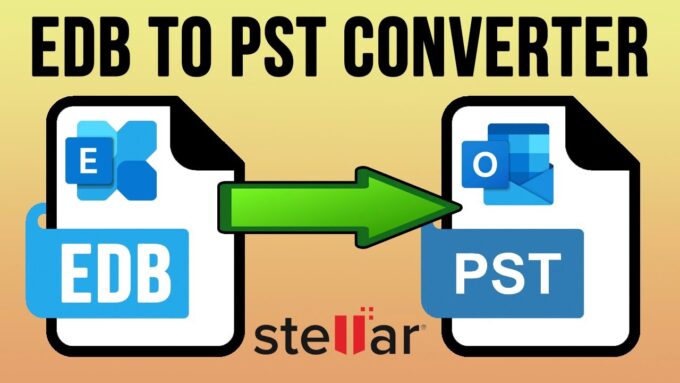How Can Tech Elevate Your Business Revenue? Let’s Explore!
Keeping your business at the forefront of innovation isn’t just beneficial—it’s essential. As technology continues to advance, it offers many opportunities for businesses to tap into new revenue streams and bolster profitability. This isn’t just about staying current; it’s about actively pushing the boundaries of what your business can achieve. Integrating the latest technological advancements into your operations can significantly impact your bottom line. So, how exactly can you leverage technology to enhance your business’s revenue and profits? Let’s dive in.
Streamlining Operations With Cloud Computing

The move to cloud computing has revolutionized the way businesses operate, offering a scalable, flexible solution to data management and IT needs. By adopting cloud services, businesses can reduce overhead costs associated with physical servers and IT infrastructure instead of paying for what they use when they use it. This shift optimizes operational efficiency and enhances collaboration among team members, no matter where they are located.
With real-time data syncing and accessibility, businesses can make faster, more informed decisions, accelerating project timelines and improving customer satisfaction. This, in turn, drives revenue as businesses can more quickly respond to market demands and customer needs.
Optimizing Resource Management Through IoT

The Internet of Things (IoT) is impacting how businesses monitor, control, and manage their assets. By embedding IoT sensors in various components of the business operation, companies can gather real-time data on everything from inventory levels to energy usage. This data can impact cost savings and operational efficiencies. For instance, IoT technology can automate inventory management, reducing the risk of stockouts or overstock situations—both of which can eat into profits.
On a larger scale, IoT devices can monitor equipment health, predict maintenance needs, and reduce downtime. In transportation or delivery services, IoT technology can optimize routes and monitor vehicle health, helping to reduce business fuel expenses. This strategic approach not only cuts costs but also enhances service delivery, opening up new avenues for revenue generation.
Enhancing Customer Engagement With AI and Machine Learning

These technologies enable businesses to analyze vast amounts of customer data, uncovering patterns and insights that can inform more targeted, personalized marketing efforts. By understanding customer behaviors, preferences, and pain points, businesses can tailor their offerings and communications, increasing the likelihood of conversion and fostering loyalty.
AI-powered chatbots and virtual assistants provide round-the-clock customer service, handling inquiries and resolving issues promptly. This not only improves the customer experience but also frees up human employees to focus on more complex tasks, further driving efficiency and profitability. AI-driven predictive analytics can also forecast market trends and customer needs in a way that gives businesses a leg up.
Installing Electric Vehicle (EV) Charging Stations at Your Workplace

As environmental sustainability becomes increasingly important to consumers and businesses alike, adopting green technologies can significantly enhance your company’s appeal. One standout strategy is the installation of EV charging stations at your workplace. This move not only positions your business as an environmentally responsible entity but also attracts a growing demographic of EV owners.
Offering EV charging facilities can serve as a powerful incentive for customers to choose your services over competitors, potentially increasing foot traffic and the time spent at your premises. For employees, this perk can boost morale and contribute to a positive corporate image, aiding in talent attraction and retention. As the day ends and the lights in the parking lot dim, those glowing EV charging stations stand as a testament to your company’s commitment to the future, not just in innovation but in sustainability as well.
Expanding Market Reach With E-Commerce Integration
Integrating e-commerce capabilities into your business model is more of a necessity than a choice. Whether you’re selling physical goods, digital products, or offering online services, an e-commerce platform can dramatically expand your market reach, breaking down geographical barriers and making your offerings available to a global audience. The key to success in e-commerce is not just about having an online presence; it’s about providing a seamless, user-friendly shopping experience. This includes mobile optimization, secure payment gateways, and personalized shopping recommendations.
Securing Operations With Advanced Cybersecurity Measures

Cybersecurity can no longer be an afterthought. Advanced cybersecurity measures are essential to protect sensitive data, maintain customer trust, and ensure the smooth operation of digital platforms. Implementing robust security protocols, including encryption, multi-factor authentication, and regular security audits, can safeguard your business from the increasing threat of cyberattacks.
Beyond the direct financial impact of a security breach, the damage to a business’s reputation can have long-lasting effects on customer trust and, consequently, revenue. By prioritizing cybersecurity, businesses not only protect their assets but also reinforce their reputation as trustworthy partners, encouraging customer loyalty and attracting new business.
Capitalizing on Blockchain for Transparency and Efficiency
Blockchain technology is not just for cryptocurrencies. Its applications across various industries can revolutionize how businesses operate, offering unprecedented levels of transparency, security, and efficiency. For instance, in supply chain management, blockchain can provide a tamper-proof ledger of product movements, from production to delivery, enhancing traceability and reducing fraud. This can significantly improve operational efficiencies and build consumer trust in the authenticity of products.
Additionally, blockchain can streamline transactions and contracts through smart contracts without the need for intermediaries, reducing costs and speeding up processes. By adopting blockchain technology, businesses can unlock new efficiencies, foster transparency, and open up new revenue opportunities through enhanced trust and streamlined operations.
As we’ve explored these different strategies, it’s clear that technology offers endless opportunities for innovation, efficiency, and growth. From cloud computing and IoT to blockchain and cybersecurity, the tools to transform your business are at your fingertips. Implementing these technologies can not only drive revenue and profit but also position your business as a leader in the digital frontier, ready to meet the demands of the modern consumer and adapt to the ever-changing market landscape.
The future of business is not just about adopting new technologies; it’s about reimagining what your business can achieve with these tools. By embracing the technological revolution, you can unlock new potentials, catalyze growth, and secure a competitive edge in your industry. The time to act is now—forge ahead and let technology be your guide to a more prosperous future.


